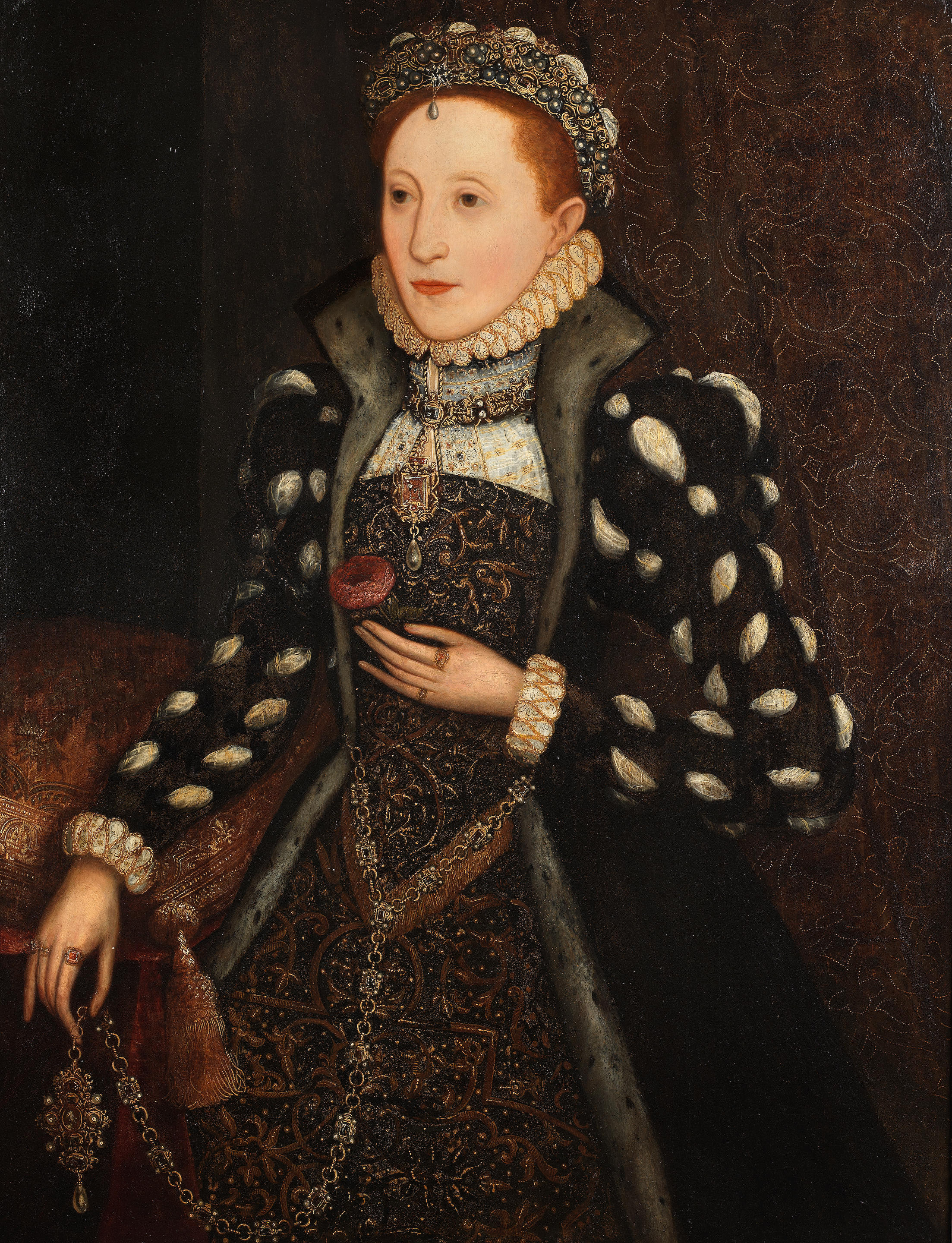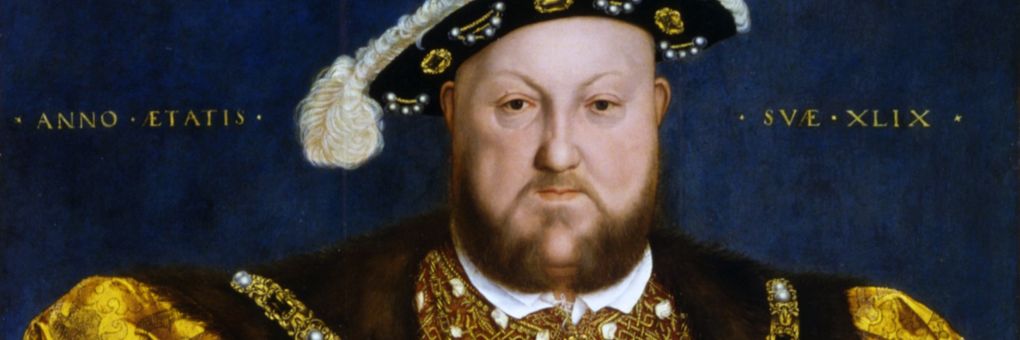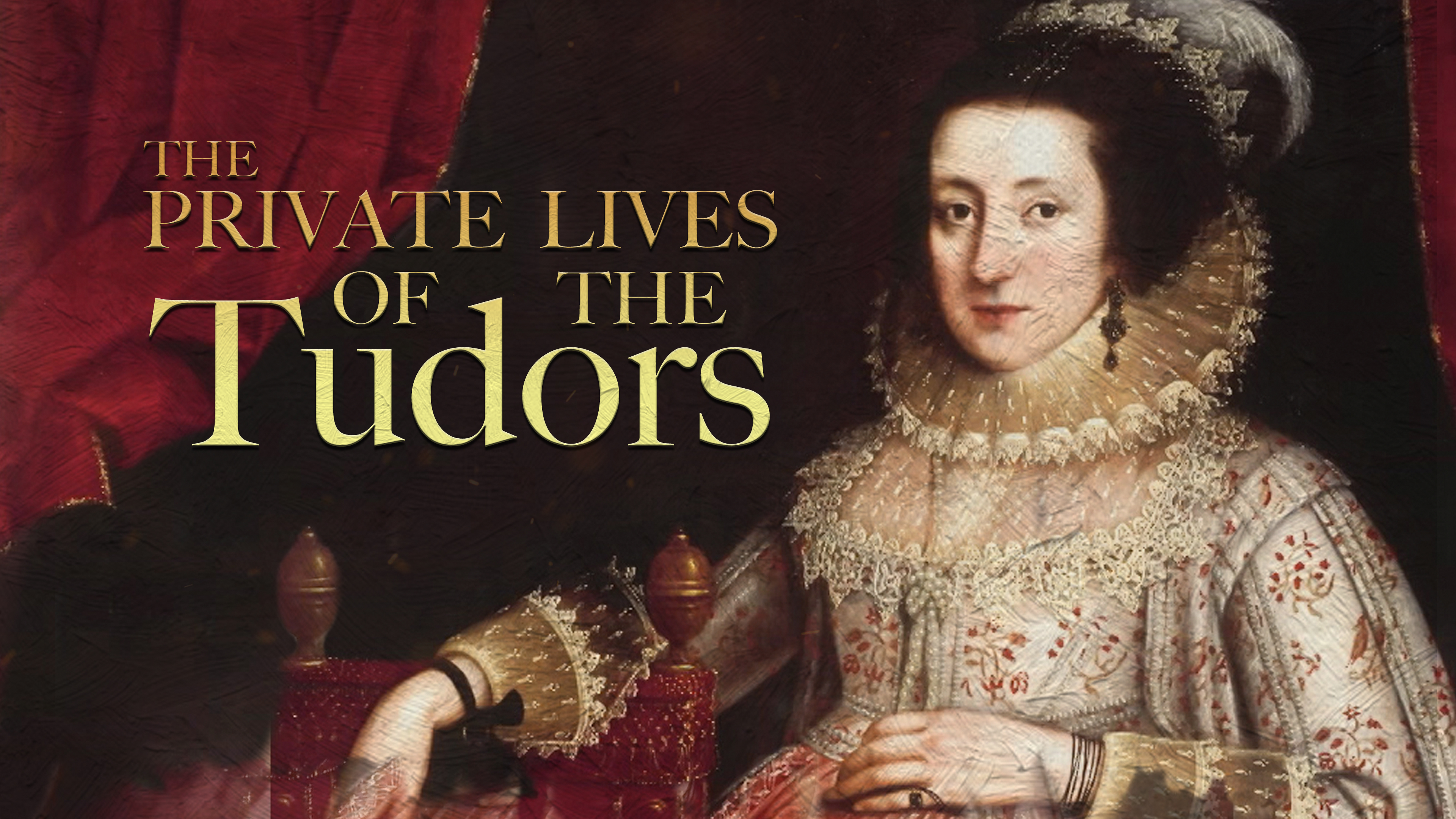In an era marked by historic events, some facts and rumors may have escaped your attention.
◊
England’s House of Tudor reigned supreme from the ascension of Henry VII in 1485 till the death of Elizabeth I in 1603. Over the course of the dynasty, there were wars, intrigues, plots, royal marriages, executions, epidemics – you know, the sorts of things that have kept historians, poets, novelists, playwrights, and filmmakers busy for centuries. But let’s leave the big stuff to them and have a look at some lesser-known facts (and a rumor or two) about the Tudor period.
Dig deeper into the major figures of the Tudor dynasty with MagellanTV's The Private Lives of the Tudors.
1. Anne Boleyn’s Fingers: The second and tragically short-lived wife of Henry VIII was rumored to be able to count to 11 with her fingers, as she may have had six of the digits on one hand. The trait, known as polydactyly, was seen as a mark of witchcraft. However, there’s no concrete evidence to prove this deformity, and most believe it was a myth propagated to justify her beheading in 1536.
2. Henry VIII’s Girth Revealed: By the end of his life, the king’s waist measured 54 inches. Or at least that’s what can be determined by his armor, which was specially made to accommodate his ever-growing corpulence. Health issues and weight gain were likely exacerbated by a jousting accident which left him with a leg wound that never fully healed.
3. Elizabeth I’s Wig Collection: Known for her striking red hair, the cunning and long-reigning queen began to lose those strands at a relatively young age, possibly due to a bout of smallpox in 1562. She resorted to wearing elaborate wigs to maintain her regal image. So popular was her appearance that it became a fashion trend among English nobility. (The distinctive white-lead make-up she applied to her face to cover smallpox scars, however, did not catch on.)

Queen Elizabeth I, oil on panel, workshop of Steven van der Meulen, c. 1562 (Source: Wikimedia Commons)
4. The Color Purple: The House of Tudor was particular about colors and their meanings. Purple was reserved for members of the royal family, as it was considered a sign of nobility and wealth. The tradition was apparently influenced by ancient Roman times when purple dye was extremely rare and expensive.
5. Henry VIII’s Musical Talent: Who composed the popular 16th century ditty “Pastime with Good Company” (aka “The King’s Ballad”)? Well, that barrel of musical mirth King Henry VIII, of course! He was actually a talented composer and musician, and could play several instruments, including the organ and lute.
6. How the Royal Navy Was Launched: You could say that for want of a good dentist to the king, the Royal Navy was established. In 1513, while suffering from a severe toothache, Henry VIII was unable to lead a military expedition to France, so he created a more structured naval force to ensure England’s security in his absence.
7. The First English Cookbook: The Boke of Cokery was published around 1500. It included recipes that were favorites at the Tudor court, such as blancmange (a sweet dessert prepared with gelatinous or starchy ingredients) and, not at all surprisingly, various tasty meat dishes. No doubt the collection of recipes saw some heavy use at Christmas.
MagellanTV's Tudor Monestery Farm at Christmas recreates the yuletide customs of the Tudor era's ordinary people.
8. No Forks at the Tudor Table: Speaking of food, knives and spoons were common at Tudor meals, but forks were considered an unnecessary foreign luxury. Why use forks when you have perfectly good English fingers, the royals seem to have reasoned. And who dared argue?
9. The Mysterious Sweat: Beginning in 1485 and continuing episodically until the last occurrence in 1551, England was hit by a mysterious series of epidemics of a disease known as the “Sweating Sickness,” which was particularly devastating in rural areas. The disease struck quickly and could kill within hours. Its cause remains unconfirmed, although some believe it was a form of hantavirus.
10. Shakespeare’s Tudor Propaganda: The audiences at the Bard’s Globe Theatre often saw plays that portrayed the Tudors in a favorable light. His history plays, in particular, were used as a form of Tudor propaganda to legitimize and celebrate the House of Tudor, especially sovereigns Henry VII and Elizabeth I.
Ω
Title Image: King Henry VIII, oil on panel, by Hans Holbein the Younger, 1540 (Credit: Collection of Galleria Nazionale d’Arte Antica, via Wikimedia Commons)



